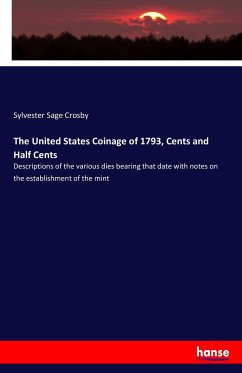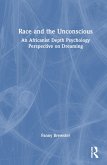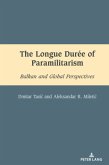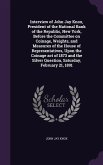The work discusses the monetary development in Roman
Syria and Judaea in the Late Republican and the
Early Imperial Period, from a numismatic,
archaeological and historical point of view. In
effect, the work focuses on the 1st century B.C. to
the 1st century A.D., that is, the assumed time of
introduction of Roman denarii to the region. The
work benefits from the silver coin hoards of Khirbet
Qumran recently published by the author. Studies of
the provincial coinage of Judaea (A.D. 6-66) also
shed new light on the authority of the Roman
governors in economic and monetary matters in
eastern Mediterranean regions. Furthermore, a new
suggestion as to the length of the mandate period of
Pontius Pilate is made. The extent of Emperor
Augustus monetary reforms as well as the military
history of Judaea are discussed in the light of new
analytical studies, which show that the production
of Roman base metal coins appears to have been a
highly controlled process, contrary to popular
opinion. Statistical calculations related to the
coin alloy revealed striking similarities with Roman
and other local metalwork found in Israel.
Syria and Judaea in the Late Republican and the
Early Imperial Period, from a numismatic,
archaeological and historical point of view. In
effect, the work focuses on the 1st century B.C. to
the 1st century A.D., that is, the assumed time of
introduction of Roman denarii to the region. The
work benefits from the silver coin hoards of Khirbet
Qumran recently published by the author. Studies of
the provincial coinage of Judaea (A.D. 6-66) also
shed new light on the authority of the Roman
governors in economic and monetary matters in
eastern Mediterranean regions. Furthermore, a new
suggestion as to the length of the mandate period of
Pontius Pilate is made. The extent of Emperor
Augustus monetary reforms as well as the military
history of Judaea are discussed in the light of new
analytical studies, which show that the production
of Roman base metal coins appears to have been a
highly controlled process, contrary to popular
opinion. Statistical calculations related to the
coin alloy revealed striking similarities with Roman
and other local metalwork found in Israel.








